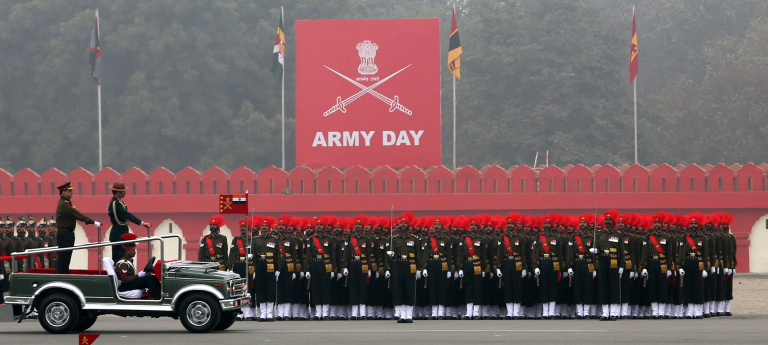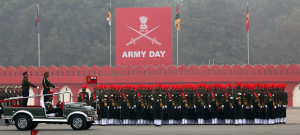As the People’s Liberation Army Navy (PLAN) pushes ahead with massive expansion, the construction of the much more advanced 4th Chinese aircraft carrier has reportedly started.
Six Aircraft Carriers By 2035 – China’s Ambitious Plan
As the People’s Liberation Army Navy (PLAN) pushes ahead with massive expansion, the construction of the much more advanced 4th Chinese aircraft carrier has reportedly started. This will give a big maritime power boost as it adds to the expanding fleet of destroyers, frigates, conventional and nuclear submarines, and assault ships. Considering that the first Chinese aircraft carrier “Liaoning” (Type 001), a locally refurbished Ukrainian carrier, became combat-ready and only entered service in 2016, less than 9 years ago, it is a big achievement.
The second fully home-grown carrier, “Shandong” (Type 002), was launched in April 2017. The third aircraft carrier, the “Fujian” (Type 003), was launched in June 2022 and should very soon begin its sea trials, with a probable entry into service in 2025. There is clearly visible momentum towards the stated goal of having six operational aircraft carriers by 2035. But surely, there are technological challenges. It is important to understand the evolution of the PLAN carriers and their relative status.
In 1985, China began acquiring four retired aircraft carriers, the British-built Australian HMAS Melbourne and the ex-Soviet carriers Minsk, Kiev, and Varyag, for initial study. The Varyag later underwent an extensive refit to be converted into the Liaoning, China’s first operational aircraft carrier, which also served as a basis for China’s subsequent design iterations. Interestingly, India had thought much ahead and acquired the British HMS Hercules in 1957. It had completed refurbishment and operationalized it as INS Vikrant by 1961, albeit, it was a small carrier (16,000 tons). Yet it played a significant operational role in the 1971 Indo-Pak war.
Implications for India
China is still at the two-aircraft carrier stage, the same as India. But they are fast pushing ahead in numbers, tonnage, and technology. Chinese submarines have been in the Indian Ocean, but aircraft carriers are still hanging around in the South China Sea general area. PLAN has logistic bases in Djibouti, Hambantota, and Gwadar. One can expect a PLAN aircraft carrier to sail into the Indian Ocean by 2025-26, when “Fujian” may be fully operational. Indian Navy covers the Northern Indian Ocean fairly well but is smaller in size and also has much fewer submarines. Indigenous 45,000-ton INS Vikrant was conceived in 1999, officially ordered in 2004, and commissioned in September 2022. It can carry 36 aircraft. It costs $3.2 billion at current rates.
The 65,000-ton (55 aircraft) INS Vishal, the next indigenous aircraft carrier, is planned to be built by Cochin Shipyard Limited. As per analysts, INS Vishal could cost around $8 billion. As of November 2023, the Indian Navy was also open to ordering another Vikrant class (45,000 ton) STOBAR aircraft carrier.
Ideally, India needs at least three aircraft carriers, but certainly not less than two. Notwithstanding the never-ending debate on shore-based airpower vs. aircraft carriers and the argument that aircraft carriers require a huge flotilla to defend themselves, there is an urgency to begin construction of the next Indian aircraft carrier.



















